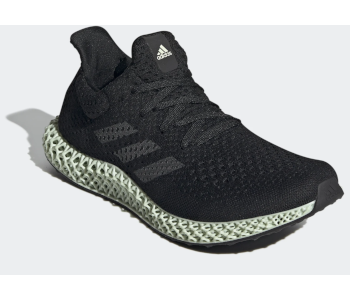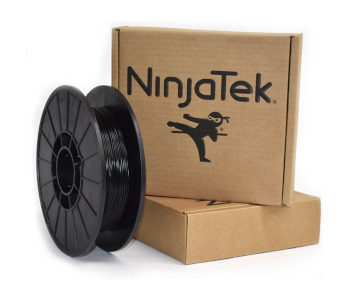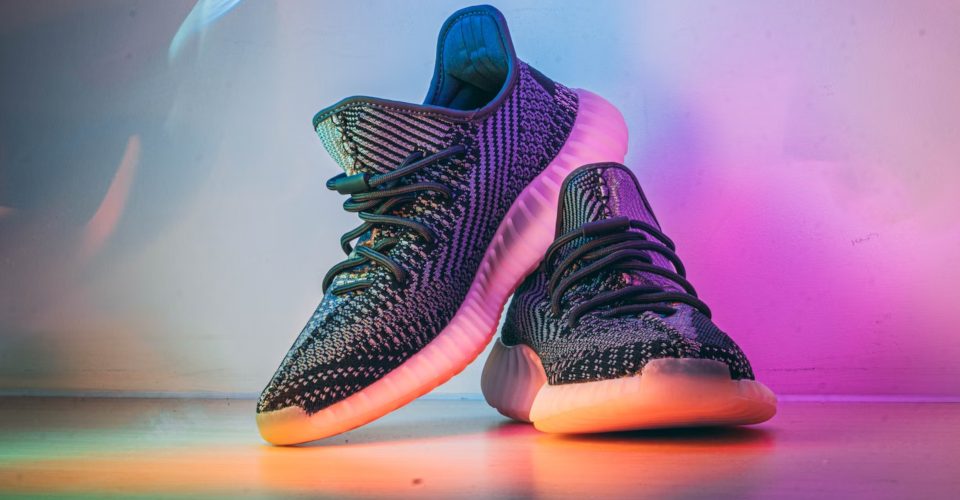Tips on 3D Printing Your Own Footwear
Looking for practical applications of 3D printing that are simple to print can be quite a challenge. For the most part, you will be printing nice-looking knick-knacks and other decorative items. However, it is certainly possible to print something that you can actually use regularly. A good example is shoes and other types of footwear.
3D printing a pair of shoes may seem intimidating because you will almost certainly be spending a lot of time and filament on it. There may also be some concern about the durability of said shoe. Check out these tips to avoid having your 3D-printed shoe turn into a disaster.
Go with flip-flops, slides, or insoles

If you’re 3D printing footwear that you want to actually use, it would be a good call to start with slides or flip-flops. These are easier to adjust based on the size of your feet, simpler to print and are generally not as embellished as many 3D models for shoes that are available online.
No matter which models you print, you will need to manage your expectations. A 3D-printed shoe, flip-flop, or slide is not going to be as comfortable as its commercially available counterparts. Plastic is generally less flexible and has less grip than the rubber compounds typically used for shoes and other footwear.
Another option to consider is to 3D print a custom insole for a shoe that you already own. Custom insoles can be made to fit the exact arch of your feet, making them exceptionally more comfortable and providing better arch support. With some skills in 3D scanning and modeling, you can simulate the process of manufacturing orthotic shoes.
Use a good flexible filament
The most obvious starting point for 3D-printed footwear is the use of flexible filament. TPU is pretty much the only practical option, and NinjaFlex is at the top of the game when it comes to flexible and strong 3D printing filament.
TPU is the ideal filament to provide both comfort and cushioning for your 3D-printed shoe. If you have no choice but to print your entire shoe with just a single material, then TPU is still your best bet.
However, there is also the possibility of 3D printing a shoe in separate parts. The body of the shoe can be printed with something that has slightly more rigidity, such as ABS or PETG. Both these materials still provide some cushioning while making the shoe a little more robust. The insole of the shoe can then still be printed with TPU for maximum comfort.
Use gyroid infill at 50%

Infill plays a huge role in making a practical shoe at an acceptable level of quality. Poor infill can lead to the shoe collapsing under your weight, but overdoing it can also drastically increase filament use and printing time.
A good middle-ground infill setting is to use a gyroid infill with at least 50% infill density. You can increase infill density to about 80% maximum, but anything more no longer gives a significant boost to support. A gyroid infill maintains good flexibility and freedom of movement along the longitudinal axis of the shoe but provides adequate support for your weight. It is best to print the shoe completely flat on the build plate for maximum strength.
Professionally made 3D-printed shoes have potential
As we said at the start of this article, any piece of footwear that you 3D printed at home is not likely to have the same level of comfort and quality as one that is commercially available. This contrast might be even more pronounced in the case of shoes, as commercially made shoes typically go through several cycles of research and testing before being launched.
However, this does not discount the potential value that 3D printing technologies can bring to the footwear industry. High-fashion brands, sports brands, and many tech-based startups have all come up with their own takes on 3D-printed footwear. Major shoe brands like Adidas, New Balance, and Reebok all offer customizable shoes that have 3D-printed elements.
There are also some companies that offer custom-made 3D-printed shoes that are designed based on scans of your feet. These are made with professional-grade 3D printers, typically using laser sintering technology. These are probably the best demonstration projects of what 3D printing can offer the footwear industry. As you would expect, these bespoke pieces of footwear are quite expensive and need substantial lead time.
Final thoughts
Making footwear using a 3D printer sounds like an incredibly fun idea that is still quite realistic to some degree – you just need to manage your expectations. After all, footwear is not typically made with 100% plastic. Thus, a 3D-printed piece of footwear might not be as comfortable, robust, or functional as one that is commercially available.
While this idea still has limitations, this does not mean that the idea of 3D-printed footwear no longer has any potential. Many big brands and startups around the world already showcase this technology, but such products may not be as affordable or accessible just yet.




